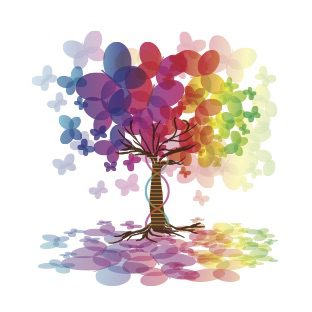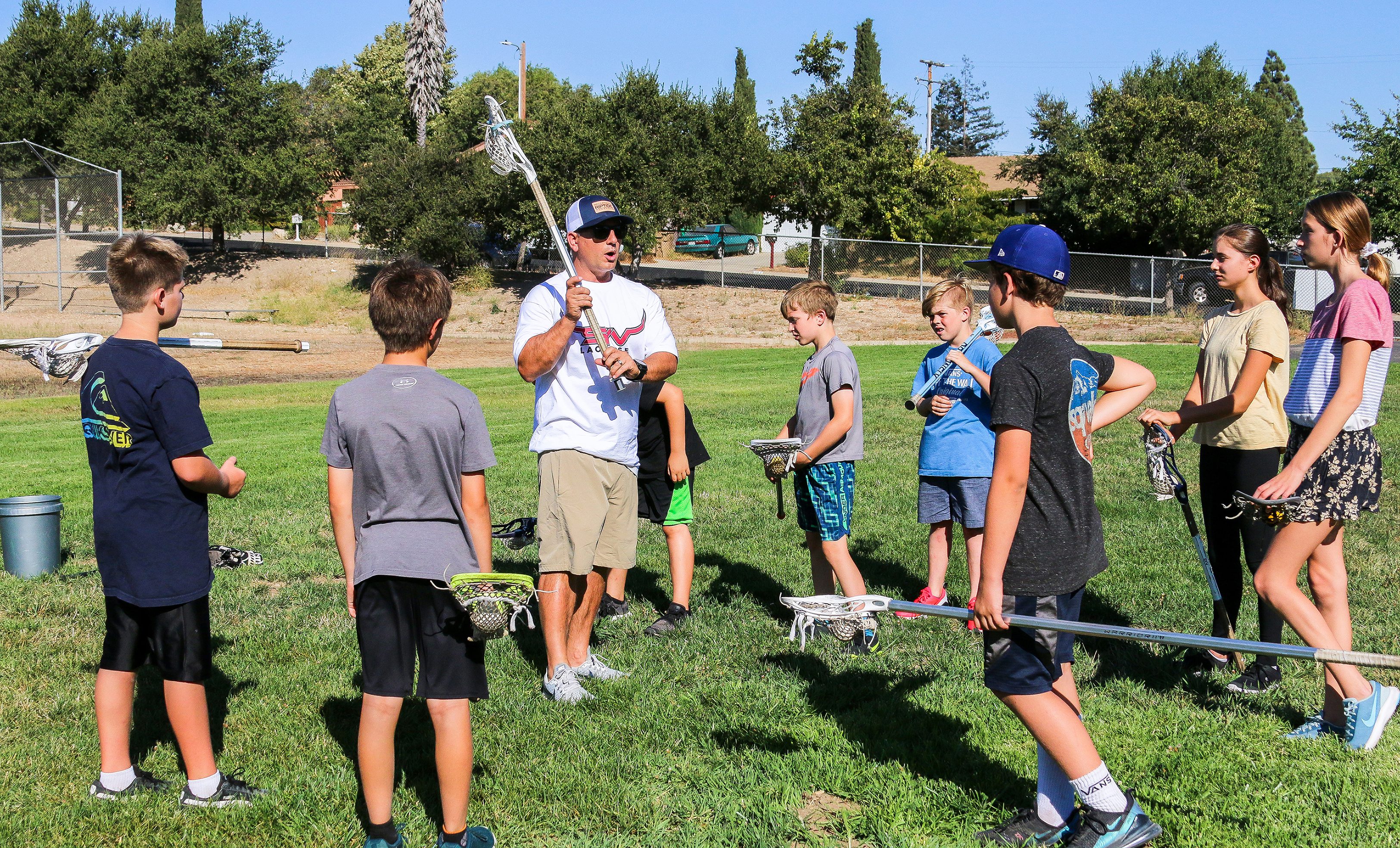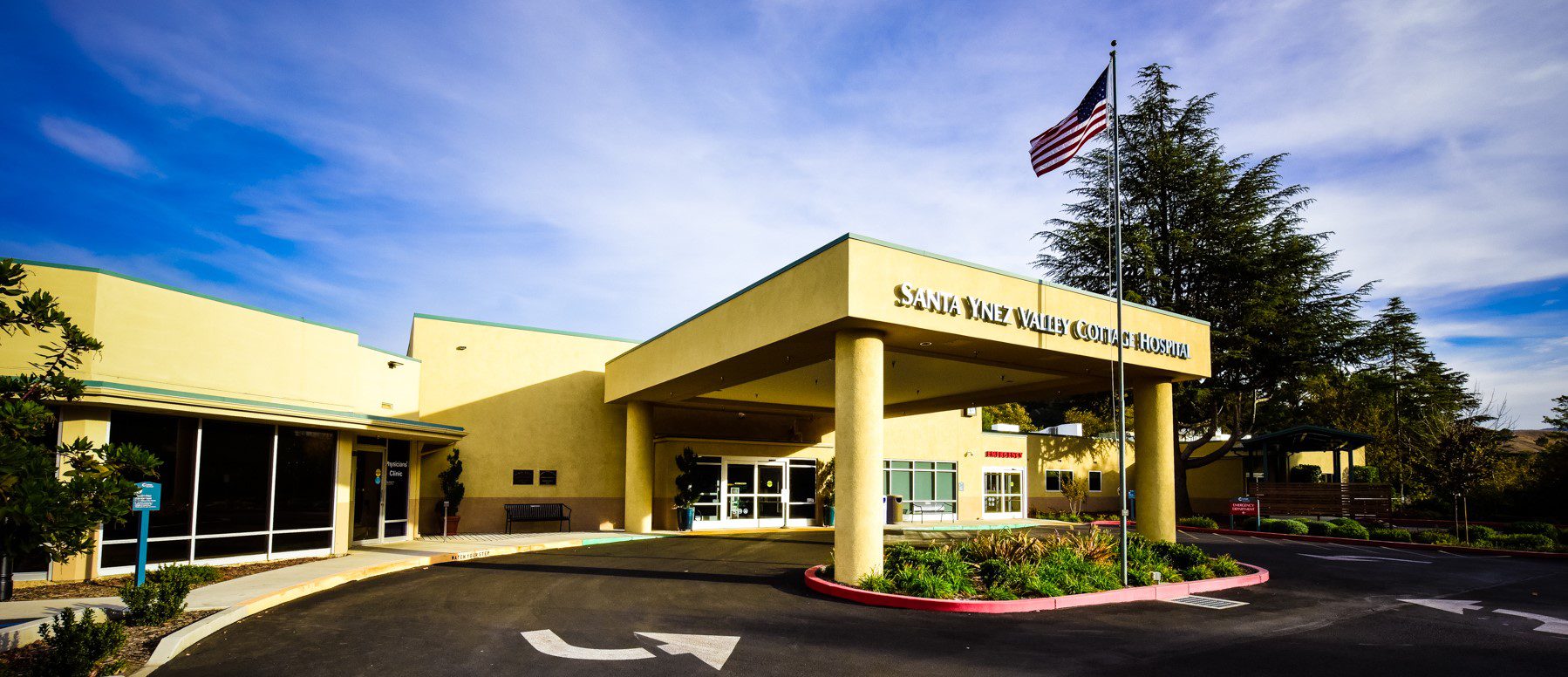By Sheila Benedict
Contributing Writer
What better way to spend holidays than with family and friends? In genealogy, it is important to remember that while doing direct ancestor research, do not forget collateral family, such as siblings, cousins, aunts and uncles. In addition, there are friends, business partners, school chums and neighbors. A best friend might know more about you than anyone else.
People are one of the sources who have information that could lead to the evidence needed to compile a reliably documented family history. Genealogy is the research; a family history is a compilation of that work so it is important accurate and reliable information is used.
All of us, unless you’re descended from indigenous people, came from somewhere else and more often than not, no one told you stories about the past.
Family stories often hold keys that unlock your past but often those stories have a lot of misinformation. There are some things in the past people like to leave there and not talk about. Be careful and beware — always check what you are told to make sure what is said is fact and not fiction.
So many resources are available online or possibly coming out of a trip from home, such as in a cemetery, a genealogical or historical society, or even an old neighborhood.
Once in Ireland, I went to a cemetery for a client to find the grave of a long-passed ancestor. What I found was about 10 long-passed ancestors no one knew were also buried there and did not know they even existed. Those led to obituaries and even some legal records. The expression “never say never” is very appropriate to genealogical research.
When teaching beginning genealogy at a local community college, I was asked how many sources are enough to prove something. My answer, there are NEVER enough. You might find three or four pieces of evidence that match and then find one or two more that are different. Do you stop the research? Absolutely not!
Until I started doing family research, no one told me my father came to this country as a toddler. I just assumed he was born here. When locating my grandfather’s naturalization papers, there was my dad and he was naturalized at the same time. Listed also were siblings who were born in the United States. That was confusing until checking the immigration and naturalization laws of the time and reading that all granddad’s kids were to be listed in the file even though some were American citizens by birth.
Another example was his brother, who served in the Army Air Force during World War II. His military file stated he served four years in North Africa. What was amazing was when his marriage certificate was located, it showed he and my aunt were married on Dec. 7, 1941, in Washington D.C. at about the same time Pearl Harbor was being attacked. The next day he left and did not return until the war ended. Remember: Never say never!
Until next time — have a safe and happy Thanksgiving.
Sheila Benedict is a professional forensic and family genealogist. She is the author of Research in California, which she wrote in 2015 for the National Genealogical Societies Research in the States Series and writes articles in a variety of genealogical society newsletters and magazines. All words are her own and may not be reproduced without permission. Email benedictresearchservices@gmail.com.






